Demolition Services for Site Preparation
Demolition services are essential for preparing sites for new construction, renovations, or land development. Proper timing ensures safety, efficiency, and compliance with local regulations. Understanding the optimal periods for demolition can minimize disruptions and optimize project timelines.
Spring and early fall often provide favorable weather conditions, reducing delays caused by rain or snow.
Avoiding extreme temperatures and heavy precipitation helps maintain safety and equipment efficiency during demolition projects.
Scheduling demolition when permits are readily available can prevent project delays and ensure compliance.
Coordinating demolition during periods of low construction activity can minimize site conflicts and logistical issues.
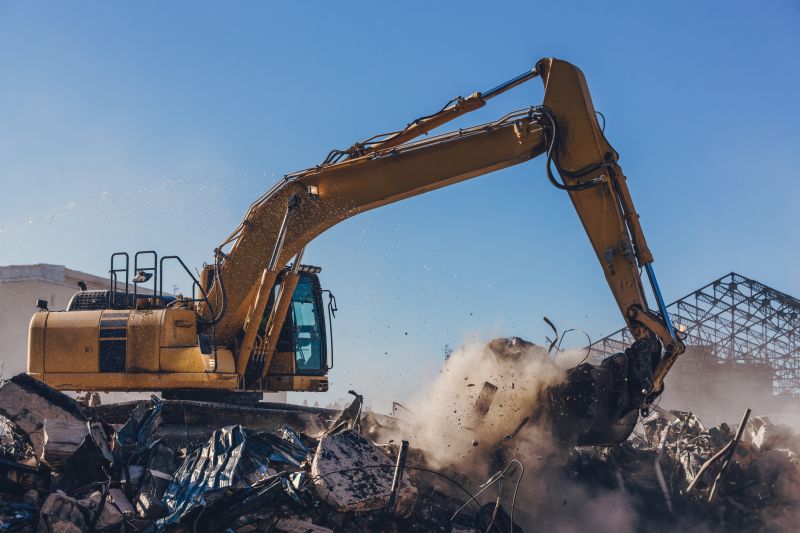
Heavy machinery preparing a site for demolition.

Clearing debris and setting up safety barriers.
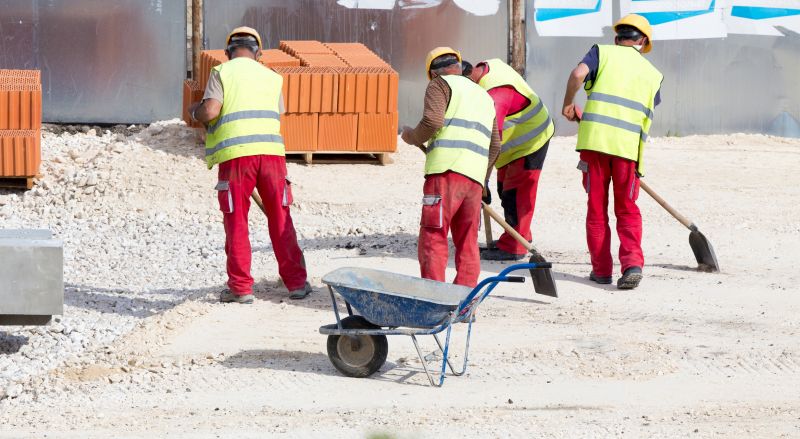
Workers using protective gear during a demolition project.

Ways to make Demolition Service work in tight or awkward layouts.

Popular materials for Demolition Service and why they hold up over time.
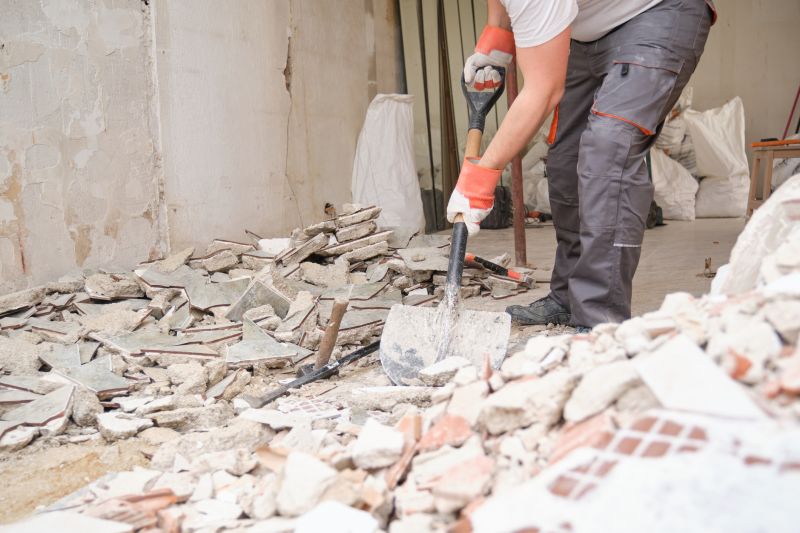
Simple add-ons that improve Demolition Service without blowing the budget.
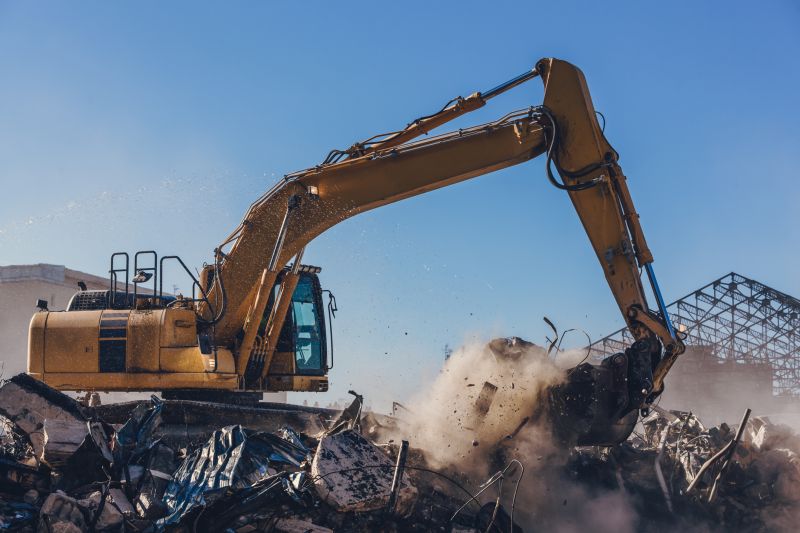
High-end options that actually feel worth it for Demolition Service.

Finishes and colors that play nicely with Demolition Service.
Demolition services encompass a range of activities including structural teardown, site clearing, and debris removal. These operations require precise planning to ensure safety, efficiency, and adherence to local regulations. Advanced equipment and experienced personnel are vital for managing complex projects, especially in urban environments where space constraints and existing structures pose additional challenges.
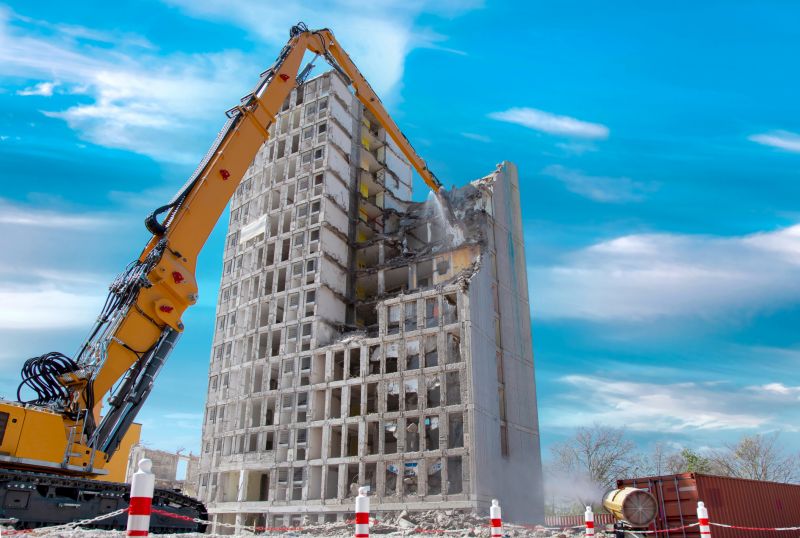
Explosive demolition of a building.

Specialized removal of hazardous materials.
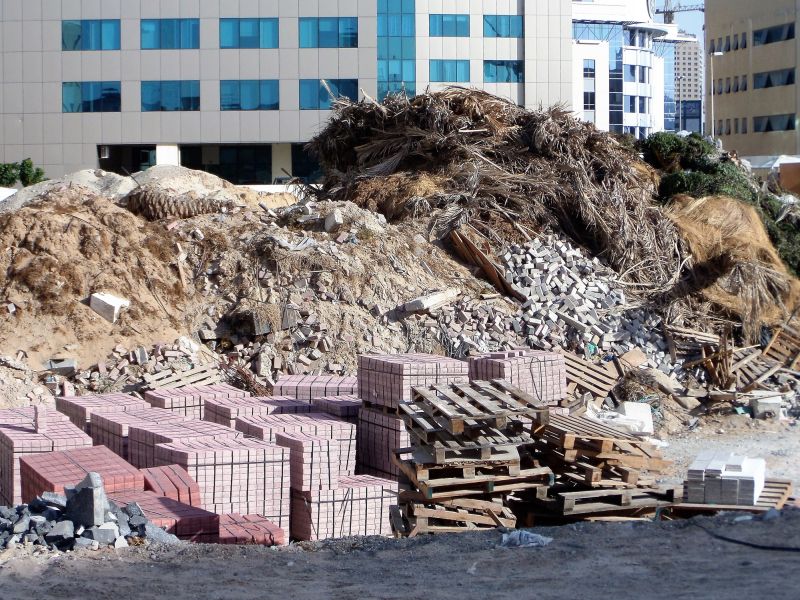
Sorting and recycling debris for reuse.
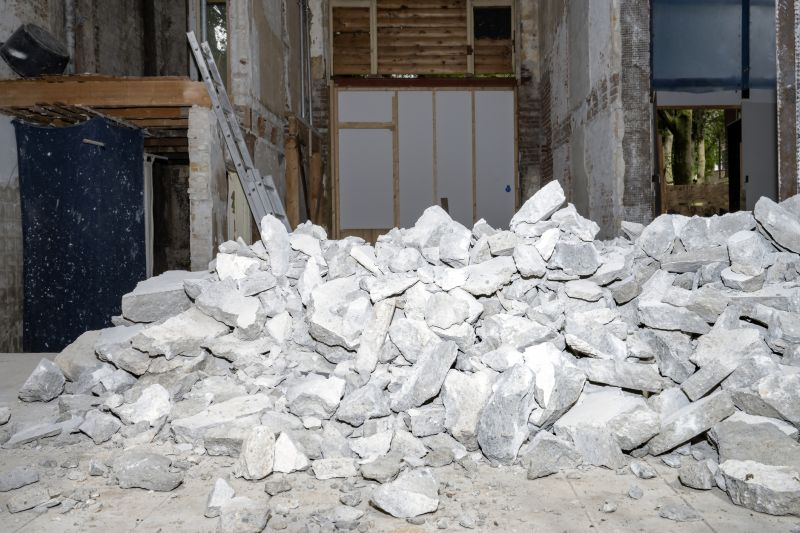
Final clearance after demolition completion.

Little measurements that prevent headaches on Demolition Service day.

A 60-second routine that keeps Demolition Service looking new.

A frequent mistake in Demolition Service and how to dodge it.

Small tweaks to make Demolition Service safer and easier to use.
| Consideration | Best Timing |
|---|---|
| Weather Conditions | Spring or early fall |
| Permitting Processes | When permits are available |
| Project Schedule | Periods of low construction activity |
| Environmental Factors | Low wind and humidity days |
| Safety and Efficiency | Avoid extreme temperatures |
Choosing the right time for demolition involves evaluating weather patterns, permitting timelines, and project schedules. Proper timing reduces risks, minimizes delays, and ensures that safety standards are maintained throughout the operation. Planning ahead and coordinating with local authorities can streamline the process and lead to successful project completion.

Team reviewing project timelines and safety protocols.

Heavy machinery prepared for scheduled demolition.
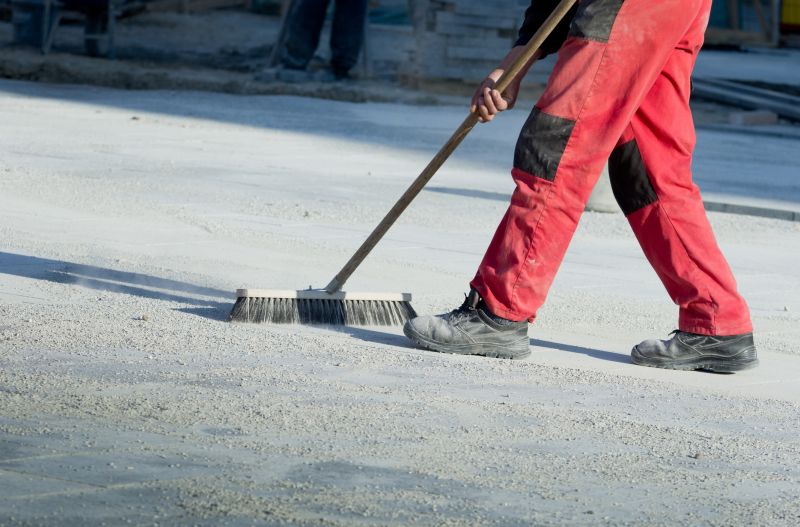
Ensuring site safety before starting demolition.
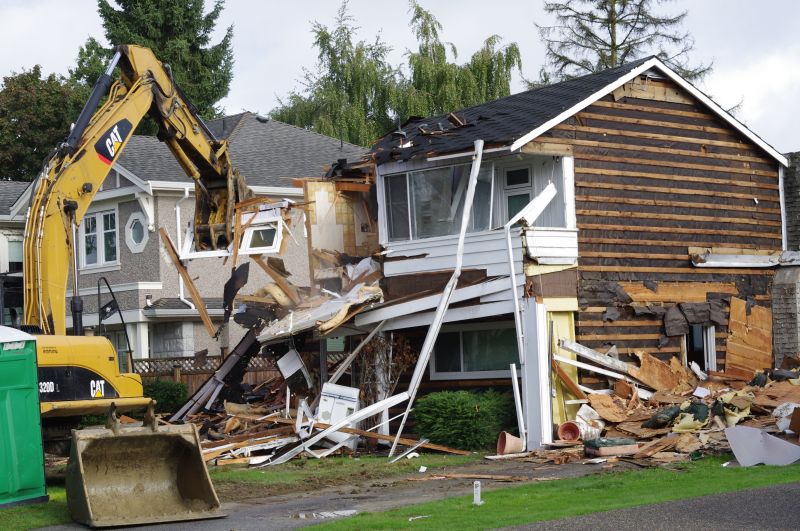
Lower-waste or water-saving choices for Demolition Service.
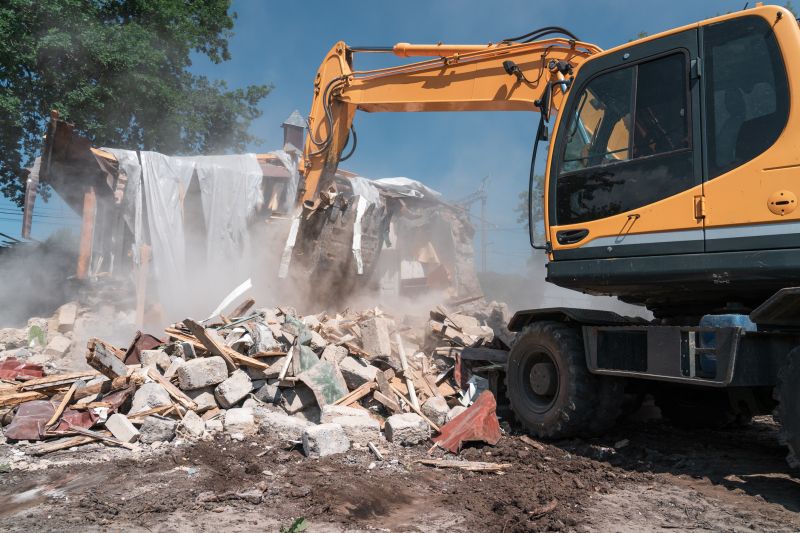
The short, realistic tool list for quality Demolition Service.

Rough timing from prep to clean-up for Demolition Service.
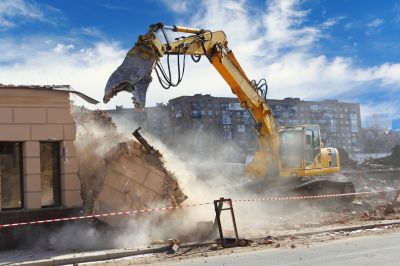
Quick checks and paperwork to keep after Demolition Service.
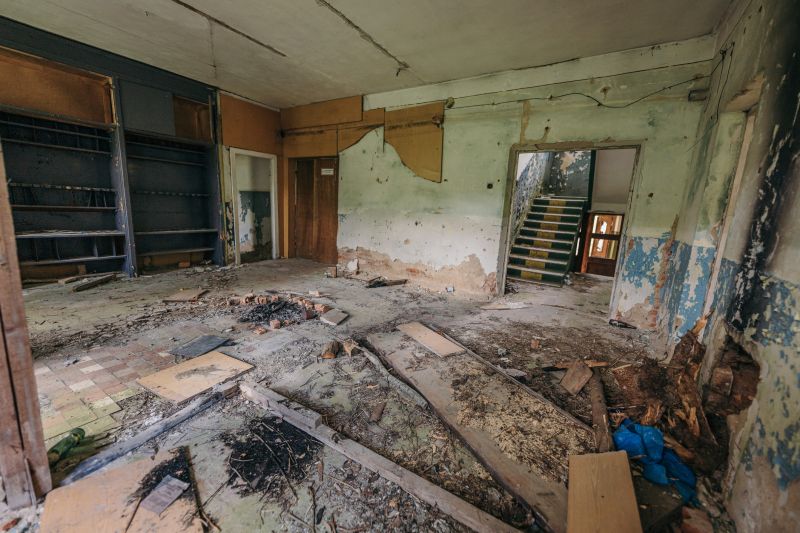
Examples that show the impact a good Demolition Service can make.
Understanding the optimal timing for demolition can lead to more efficient operations and safer work environments. Proper planning, consideration of weather and environmental factors, and coordination with local authorities are essential components of successful demolition projects. Interested parties are encouraged to contact for more information and scheduling assistance.
